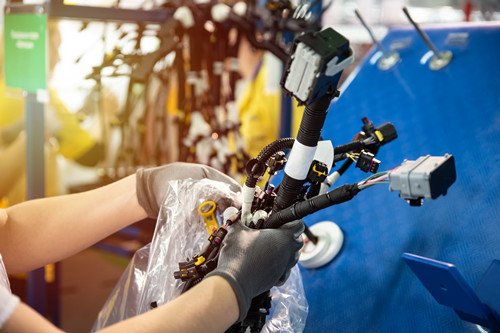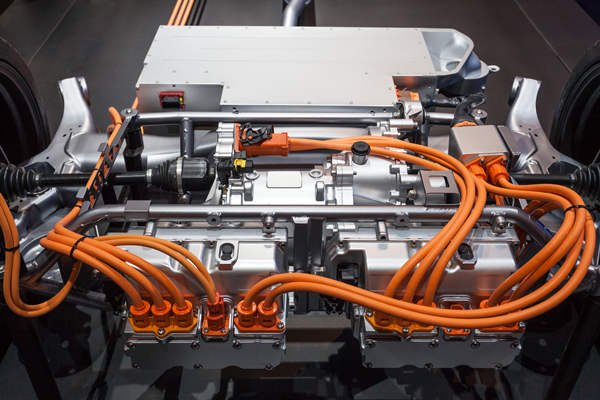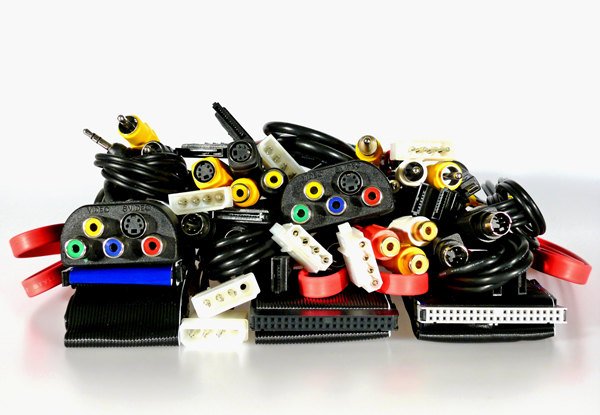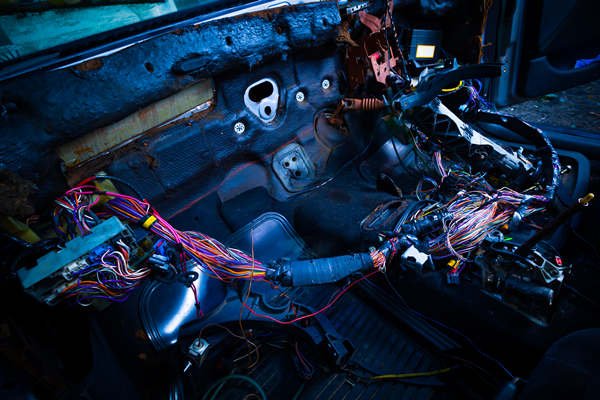
There are no two ways in cable assembly: a design can make or break a cable system. A clunky design will not only reduce the effectiveness of the cables themselves, but it can also create a lot of problems down the road.
So, how can you create a design that works well for your system? There are many elements to consider when it comes to designing custom cables. Today, we’ll be discussing the five most important aspects of cable design:
- Choosing the Location and Space
- Selecting the Components
- Creating the Design
- Safety Considerations
- Budget Considerations
Following this guide will make it easier for you to figure out how to design your custom cable. If you want to know more about the five elements of making a custom cable design, keep reading!
1,Choosing the Lacation and Space
The location of your installation will also play a role in how you’ll need to design your custom cables. So, the first thing you need to do when designing custom cables is to figure out where they will be used.

Let’s say you’re building a custom home theater system. The first thing you should do is figure out where the audio and video equipment will be placed in the room and how the cable management might be most efficient to work with all your gear.
Suppose you’re installing long distances between components or are using multiple sources with different characteristics (such as power cords). In that case, you’ll need to make sure that your custom cables match up with those requirements.
You should also pay attention to the environment while designing custom cables, as specific harsh environments may require more careful planning to make sure your cables last long.
For example, many environmental concerns, such as electromagnetic interference (EMI) and environmental hazards, could affect your cables. If your cables are going to be placed outside, you also need to protect them from dangerous weather and stray animals.
2, Selecting the right components
This is one of the most critical elements of cable design. You can’t create a cable that will work for all scenarios, so it’s essential to understand your needs.

For example, some applications require more conductive components than others, so have the right cables for your application.
This can be tricky when designing custom cables, as there are many different types of materials out there, and they each have their unique properties. So while you might be able to use standard cables in some situations, it’s not always possible in others.
Here are some specific considerations when it comes to selecting your cable components:
*The materials
First, you should think of the materials of your cables. This includes the protective coverings you add to your wires. For example, cable insulation can be made from various materials, including PVC, rubber, or silicone.
PVC is perhaps the most popular one because it is relatively cost-effective and is resistant to many environmental hazards, such as chemicals and weather-related effects. However, it is not very flexible.
On the other hand, silicone insulation is far more flexible and resistant to heat but attracts static and is pricier. Finally, rubber insulation is somewhat of a middle ground between the other two, but it is not immune to extreme temperatures.
* Size and Gauge
You should also think about the size of the cables. Generally, you should match the size of your wires and cables to the amperage and voltage ratings. This is also called the wire gauge.
Getting the correct wire gauge is important because if the size does not match the amperage, it may short-circuit or, even worse, cause electrical fires. There are many ways of calculating wire size, such as using the American Wire Gauge (AWG) system.
*Color and Label
Another good thing to think of when choosing the components of your custom cable design is the marking system of your design.
A good marking system will help you identify the cables in your system and make it easier for you to identify which cable goes where. Some manufacturers follow specific standards about coloring wires and cables, such as the National Electrical Code (NEC).
If you want to go the extra mile, label your cables. This is especially important if you use multiple colors or even multiple types of wires. Some wires and cables already come with labeling, but you can add using wire wraps, shrink tubes, or flag labels.
3, Create the Design
The next step in creating a cable design is to draw a drawing of the cables you will use. This can be done by hand or using a computer software program.

Creating a design for your custom cable can involve making a schematic diagram and a wiring diagram. A schematic diagram shows you all you need to know about the flow of the circuits in your cables, while a wiring diagram tells you about where precisely the cables and wires are going to be placed.
Many programs can do this, including cads (computer-aided design) programs such as SmartDraw and Altium Designer. If you’re going to have more than one type of cable, it’s important to make sure that each has its schematic diagram.
Another good rule of thumb to remember when creating a custom cable design is to keep track of manufacturability. When you’re creating your cable custom, it might be tempting to create something as unique as possible, adding as much of your special touches.
While this can be effective, it’s also a good thing to keep your cable assembly relatively simple so that they are easier to manufacture and install. In other words, make your design with ease of manufacturing in mind.
Making sure that your custom cable has a good level of manufacturability also includes using standardized materials. Using standardized materials means that many components in your cable will be interchangeable with others available in the market.
This will make it easier down the road to maintain your cables, such as buying replacement parts if any future repairings are needed.
4, Safety Considerations
While designing custom cables for your premises, it’s important to keep safety in mind at all times while creating them.
This includes everything from considering how people may use the cables and what could happen if they did misuse them to use safe materials for your particular installation.
For example, a common problem with most cables is that they are not designed to be fireproof. This means that there is a chance that an electrical current could travel through the cable, and if there’s a short circuit, it could catch on fire.

To avoid unsavory things such as this from happening, you should make sure that the cable design you want meets the relevant safety standards. Common cable certifications are offered by the International Electrotechnical Commission (IEC), the Underwriter Laboratories (UL), and the International Organization for Standardization (ISO).
You can consult your cable manufacturer to ensure their cables are certified to follow the necessary laws and regulations. You can also use a cable certifier to do this.
Having your cables and the design certified means that you can be sure that they are safe to use and will not create any dangerous situations. In the long run, this is likely to be more cost-effective than using low-quality cables and doing repairs in the future.
5, Budget Considerations
Many people assume that you can get away with a little bit of overkill when it comes to cable design. After all, isn’t that the point of getting it made custom?
Well, that isn’t a one-size-fits-all rule. Budgeting is an integral part of cable design. So it’s essential to know how much you’re willing to spend before you start shopping around.
This is why it’s also imperative to know your needs before you start shopping around.
There are a lot of components out there, and the prices can vary significantly from one supplier to another. It also depends on whether or not you’re installing a brand new cable system, replacing an old one, or adding onto an existing outlet.
At the core of it, you want to reach a middle ground between your cable design having all the custom features you want and being sure it still has a reasonable total cost.
There are many options out there to cut back on the costs of your cable design and installation. Consult your manufacturer or an electrician of your own choice to get the perfect fit for your needs.
In conclusion, cable design is a crucial element to consider when building a cable system. But remember, there are no one-size-fits-all solutions. Therefore, you should carefully consider all the above aspects when designing your custom cable.

